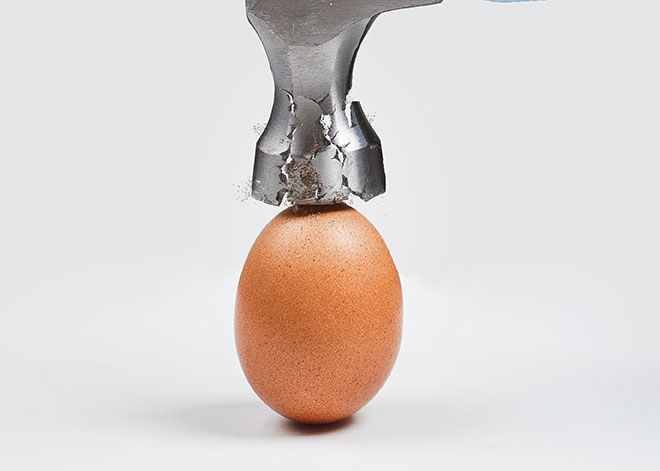
< Back
durable
Definition
Durable means lasting a long time without breaking or becoming damaged. This can apply to materials, objects, or structures.
For example, a durable material might be steel or concrete. A durable object might be a hammer or a chair. A durable structure might be a bridge or a building.
Durability is important for many different reasons. It can help to protect people and property from damage. It can also help to save money, as durable items do not need to be replaced as often as less durable items.
There are a number of factors that can affect the durability of an object, including the materials it is made of, the way it is designed, and the way it is used.
How can the word be used?
The durable metal will last for many years.

Different forms of the word
Noun: durability.
Adjective: durable.
Adverb: durably.
Synonym: long-lasting, sturdy, rugged, substantial.
Antonym: perishable, fragile, flimsy.
Etymology
The word "durable" comes from the Latin word dūrāre, which means "to last." It is made up of the two Latin words dūrus (hard) and āre (to make).
Question
Why is durability an important property for materials?
AQA Science Exam Question and Answer
Question:
Explain the concept of "durability" in materials and its importance in various applications. Describe the factors that contribute to the durability of materials, including their chemical composition, structure, and environmental conditions. Provide examples of durable materials used in construction and manufacturing, and how their longevity benefits society and reduces environmental impact.
Answer:
Durability refers to the ability of a material to withstand wear, decay, or damage over time, making it reliable and long-lasting in its intended applications. The durability of materials is crucial in various fields, such as construction, engineering, and manufacturing. It ensures the longevity of structures and products, reducing the need for frequent replacements and associated costs.
The durability of materials is influenced by several factors, including their chemical composition, molecular structure, and how they interact with environmental conditions. Materials with strong covalent bonds or corrosion-resistant properties tend to be more durable. Additionally, factors like temperature, moisture, and exposure to external forces play a role in determining a material's durability.
Examples of durable materials include stainless steel, which resists corrosion and is used in construction and kitchen utensils, and concrete, widely used in buildings and infrastructure due to its strength and durability.
Choosing durable materials benefits society by increasing the lifespan of structures and products, reducing waste, and conserving resources. Durable materials also contribute to sustainability by lowering the environmental impact associated with frequent replacements and disposal of short-lived items. Understanding the factors that contribute to durability helps in selecting materials for various applications, contributing to a more resilient and sustainable built environment.